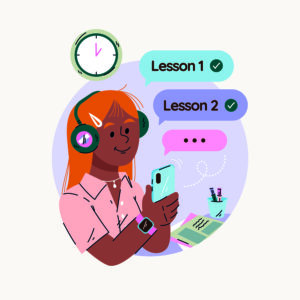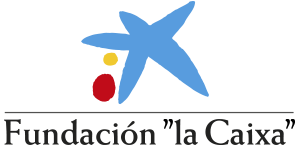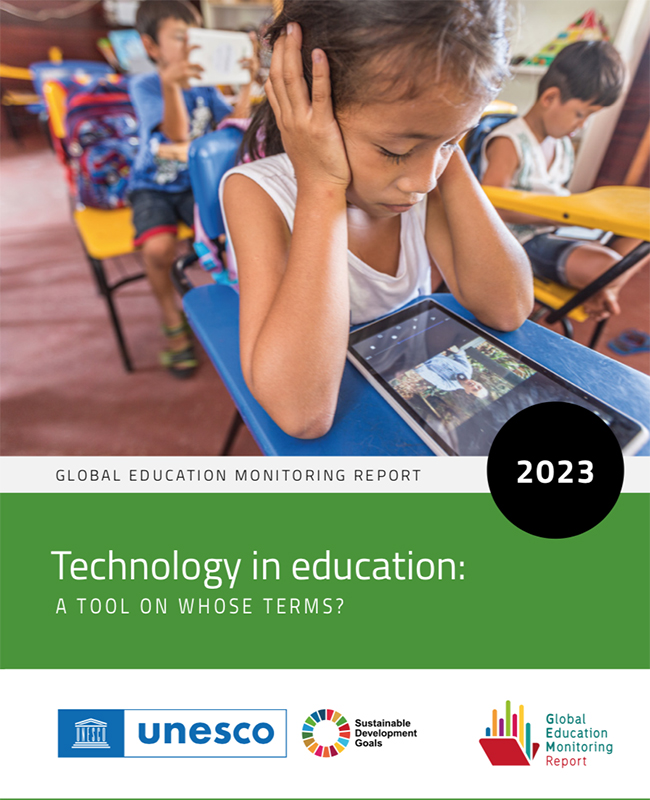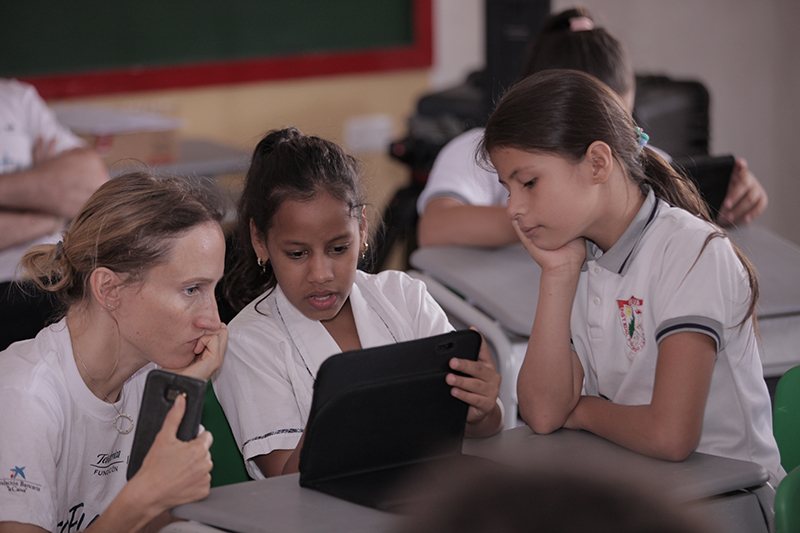
Emerging technologies, new pedagogical methodologies, and digital competencies are redefining the role of teachers. In a context marked by digital transformation, constant updating is more essential than ever. However, balancing teaching, learning, and adapting to these changes poses a challenge. This is where microlearning stands out as a key ally. Its flexibility and adaptability facilitate continuous learning, especially in contexts where time and attention are limited. Additionally, it enables teachers to stay updated without compromising their classroom time or personal life.
Microlearning is an educational approach based on brief, specific modules that enable quick and effective acquisition of skills and knowledge. This model is ideal for those who need ongoing training but have limited time and resources. By breaking content into manageable units, this methodology enhances information retention and provides practical tools that teachers can directly apply in the classroom. Moreover, it democratizes access to training and promotes continuous professional development, contributing to more effective and equitable education. This article explores its advantages, provides practical examples, and discusses how to apply this methodology.
Advantages of Microlearning
As noted, the characteristics of this type of technology-assisted training make it particularly useful for its users, especially in contexts where teachers lack the human or material resources to dedicate to their development. The article “Microlearning for Skill Development: Revolutionizing Education with Bite-Sized Chunks” by EdTechReview summarizes some of these benefits:
- Improved retention and recall. Presenting information in small, specific chunks not only enhances understanding and memorization but also fosters long-term knowledge consolidation. This is particularly useful in areas like language learning or technical training, where students can reinforce specific concepts through short, repetitive sessions.
- Increased engagement. Interactive tools like videos, gamified quizzes, and simulations boost interest and encourage active learning, which improves motivation. For example, platforms like Duolingo have demonstrated the success of this approach by making learning entertaining and competitive.
- Flexibility and accessibility. Short modules designed to be accessed from mobile devices, tablets, or computers allow students to learn at their own pace, integrating learning into their daily schedules. This is especially beneficial for adults balancing work, family, and education, as they can use downtime, like commutes or work breaks, for learning.
- Immediate application of knowledge. By focusing on specific learning objectives, students can quickly apply what they’ve learned in practical situations, reinforcing the relevance of the content and improving knowledge transfer.
- Cost-effective training solution. Compared to traditional training programs, microlearning significantly reduces costs by requiring fewer design resources and implementation time. This makes it an ideal option for educational institutions and companies seeking to train staff without compromising learning quality.
- Personalized learning experience. Microlearning allows students to select modules aligned with their individual needs and interests, offering personalized learning paths that enhance motivation and content relevance.
- Rapid skill development. The concise structure of microlearning facilitates the quick acquisition of new skills, particularly beneficial in environments where demands and technologies evolve rapidly.
Microlearning democratizes access to training and promotes continuous professional development, contributing to more effective and equitable education.
Microlearning in Action
Here are some practical examples of how microlearning is making an impact in various educational contexts worldwide:
Rocket Learning (India)
Awarded the prestigious WISE 2023 prize, Rocket Learning exemplifies how microlearning can transform education, especially in challenging contexts. This project supports over 120,000 early childhood educators in India by delivering concise, practical, and highly focused content through accessible platforms like WhatsApp. Messages include pedagogical strategies, illustrative images, and tips that teachers can directly apply in their classrooms. Key topics covered include:
- Socio-emotional development: Activities to foster empathy, self-regulation, and social skills in young children.
- Early literacy and numeracy: Methods for introducing basic concepts playfully and effectively.
- Classroom management and best teaching practices: Techniques for maintaining a structured and stimulating environment in resource-limited educational settings.
Rocket Learning has proven to be a scalable and adaptable solution, especially for rural and marginalized teachers with limited access to in-person training. By leveraging a common tool like WhatsApp, Rocket Learning overcomes connectivity and cost barriers, enabling educators to receive real-time training in formats easily integrated into their daily activities.
Audio-Based Microlearning: Podcasts and Interactive Audio Instruction (IAI)
Audio-based techniques have also proven to be innovative and effective tools for teacher microtraining, particularly in rural areas or regions with limited technological infrastructure. Formats like podcasts and Interactive Audio Instruction (IAI) are gaining popularity as practical and effective educational resources. They allow teachers to learn while engaging in other activities (like commuting) and offer a variety of topics and content.
Successful podcast examples include TeachLab, which explores innovative and effective teaching practices, and the EdSurge Podcast, a weekly series focused on the future of learning. IAI programs combine recorded content with planned interactions to create immersive learning experiences. This approach is particularly useful in rural communities with inconsistent internet connectivity. Through radio broadcasts or pre-recorded audio devices, IAI delivers practical lessons, skill-oriented training, and context-specific instruction. Its low implementation cost and technical simplicity make it accessible to many educators.
Microvideos and Tutorials: Practical Teaching on Popular Platforms
Mass-use platforms like YouTube or TikTok have become essential microlearning tools thanks to their ability to provide accessible, visually engaging content.
For example, on YouTube, teacher communities have created specialized channels that have become global reference points for other educators. A prominent case is the “Cult of Pedagogy” channel, boasting hundreds of thousands of subscribers and offering videos on innovative teaching strategies, technology use, and resources for managing diverse classrooms. Similarly, TikTok educators like @miss5th and @teachergoals have transformed the platform into a dynamic training space, using humor and creativity to share practical tips.
Implementing Microlearning in Teacher Training
- Assess training needs. Before designing microlearning modules, it’s crucial to identify priority skill or knowledge gaps. This ensures the content is relevant and aligned with goals.
- Design brief, engaging content. Microlearning modules should be short (5-10 minutes) to maintain user attention and focus on a single topic or skill. Use short videos, infographics, and animations, including real-life examples or immediate applications of acquired knowledge.
- Leverage technology. Digital tools are essential for efficiently and accessibly distributing microlearning content. WhatsApp can deliver learning capsules as videos or short messages; LMS platforms like Moodle, Blackboard, or Google Classroom, and content creation apps like Kahoot (for quizzes), Canva (for infographics), or Powtoon (for animated videos) are excellent resources.
- Include feedback. Feedback fosters reflection and identifies areas for improvement for both participants and course designers. Strategies include creating discussion forums or WhatsApp groups for teachers to share experiences and doubts or conducting post-module surveys for specific feedback.
- Measure impact. Evaluating microlearning’s impact ensures educational objectives are met and justifies the time and resource investment.
A Powerful and Accessible Tool for Teacher Development
Microlearning is proving to be a highly useful tool for teacher development, offering effective solutions to some of the current challenges in education. Its ability to provide brief, relevant, and flexible content enables educators to acquire and apply knowledge immediately, improving both their performance and student learning. Moreover, its implementation is scalable, cost-effective, and adaptable to diverse educational contexts, reinforcing its relevance in an environment where technological and pedagogical demands are constantly evolving.
Educational institutions and governments should recognize its potential and invest in technology platforms, training, and specific strategies to facilitate adoption. This is particularly crucial in vulnerable settings where the unique characteristics of this type of training could significantly impact students’ educational outcomes.
References
Burns, M. 2024. Bridging the Gap: How Technology Can Mitigate the Global Teaching Crisis. GPE.
Gupta, Priyanka. 2024. Microlearning for Skill Development: Revolutionizing Education with Bite-Sized Chunks. EdTech Review.
Von Lautz-Cauzanet, E., & Buchstab, A. 2023. Low-Tech, High Impact: WhatsApp and Other Messenger Systems as Catalysts for Scaled Teacher Training. UNESCO.






